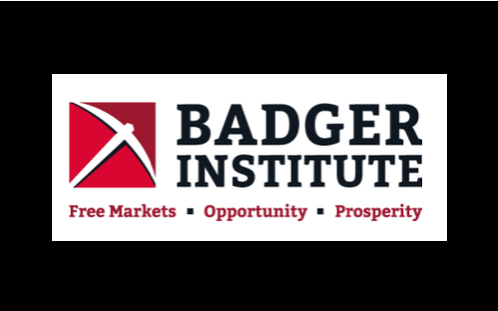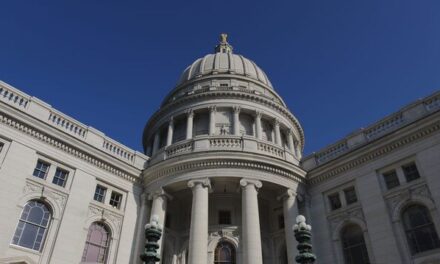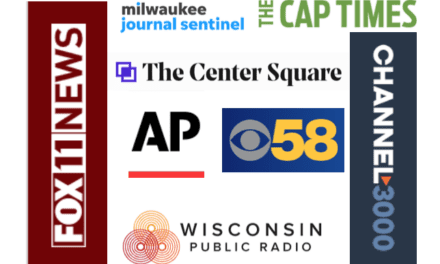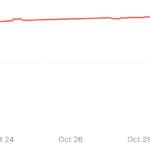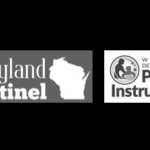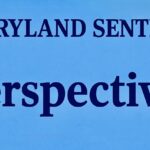A new policy brief from the Badger Institute is casting doubt on the Department of Public Instruction’s (DPI) assertion that teacher retention is the most critical issue plaguing Wisconsin’s education system. Contrary to the DPI’s warnings of widespread staffing woes, the report reveals a complex reality: while the total number of teachers statewide has remained relatively stable, many individual school districts are experiencing record-high turnover rates.
The analysis, released earlier this month, shows that the number of teachers in Wisconsin’s public schools in the 2023-24 school year was only marginally below the 2009-10 level. Over the same timeframe, student enrollment has declined significantly, leading to a teacher-to-student ratio that’s higher than it has been in at least 15 years. Yet this statewide consistency hides a troubling trend at the district level, where the average turnover rate across 414 school districts reached its peak since 1996 during the 2022-23 and 2023-24 school years.
“When you zoom in, some districts are hemorrhaging staff at rates that make it tough to maintain continuity and quality in the classroom,” said Wyatt Eichholz, Policy and Legislative Associate at the Badger Institute and the report’s author. “From a statewide perspective, though, the numbers don’t suggest a catastrophic loss of teachers.”
This discrepancy stems from the Badger Institute’s use of 30 years of DPI All-Staff Reports, which track every public school staff member’s position, district, demographics, and salary. District-level data captures not just teachers exiting public education but also those transferring between districts—a dynamic that statewide figures overlook, exposing a fierce competition for talent that’s leaving some areas short-staffed.
The report also tackles a persistent debate surrounding Act 10, the 2011 reforms that limited collective bargaining for public employees and fueled speculation about their impact on teaching staff. The Badger Institute found no substantial evidence that Act 10 triggered a significant change in statewide staffing numbers, as teacher totals held steady in the years after its passage. This suggests that the district-level turnover surge may be driven by other underlying issues.
While the report doesn’t isolate a definitive cause for the turnover, it points to potential culprits: insufficient training from education colleges, ineffective district support or mentoring for new teachers, unrealistic expectations among entrants to the profession, or pay structures that don’t adequately incentivize high performers in critical subjects. Eichholz indicated that future Badger Institute studies will explore these factors in greater detail.
For districts, the consequences are pressing. Vacancies—whether from retirements, resignations, or inter-district moves—must be filled, and not all districts are equally positioned to attract replacements. Rural and high-poverty areas, in particular, may struggle to secure teachers in specialized fields like math, science, or special education, according to the report’s warnings.
Set against a national backdrop of teacher shortage anxieties, the Badger Institute’s findings both temper and refine the conversation in Wisconsin. The DPI’s broad alarm about retention may overstate the statewide crisis, but the localized struggles it uncovers suggest targeted solutions could be within reach. “Competition can be healthy,” Eichholz noted, “but it’s evident some districts are losing out in ways that could harm students over time.”
School leaders and educators now face a dual challenge: in high-turnover districts, frequent staff changes risk disrupting student progress and overburdening remaining teachers, while stable districts might hold clues to best practices. With the Badger Institute planning further research, the discussion about retaining quality educators where they’re most needed is gaining momentum.
For the moment, the report offers a mixed message: Wisconsin’s teaching workforce isn’t in freefall, but beneath the surface, significant fissures are emerging in some districts.
